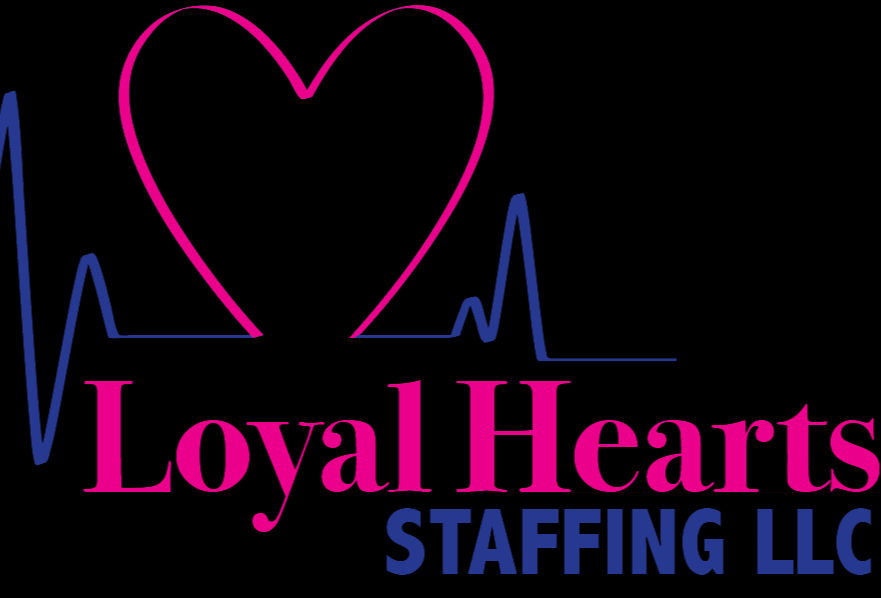The impact of technology on nursing: best practices for implementing new tools in patient care.
- April Swanson

- Apr 4, 2023
- 3 min read
Technology has been a driving force in the evolution of healthcare, and nursing is no exception. Now more than ever, nurses are using innovative technologies to improve the care they provide to patients. However, implementing new tools can be challenging, especially for those who are not as accustomed to the advances of recent years, and it is important to remember that technology should never replace humane patient care.
En este artículo, analizaremos el impacto de la tecnología en la enfermería, así como las mejores prácticas para su implementación.
Impact of technology on nursing
Technology has enabled nurses to perform important tasks more efficiently, speeding patient care and improving health outcomes. The following highlights some of the technologies that have had a dramatic impact on nursing:
Clinical Information Systems:
In recent years, clinical information systems (CIS) have become a vital tool for nurses. These types of systems help healthcare professionals access patients’ health records in real-time, providing information at all times. This enables nurses to make decisions based on the patient’s clinical history, allowing them to provide fully personalized, patient-centered care, thus improving overall efficiency.
Telenursing:
As healthcare moves toward patient-centered care, telenursing is becoming a valuable tool for nurses. Telenursing enables nurses to provide care to patients through remote communication, something that has become more and more popular due to recent events that impacted the world. This type of service engages patients directly and provides them with online advice, but not only does it help with nurse follow-up, but it is also becoming increasingly common for physicians, in general, to opt for this option.
Remote patient monitoring:
Patient monitoring is vital in hospital care, enabling nurses to observe their patients’ health values 24/7. Portable, wireless sensors and devices allow nurses to monitor a wide range of health indicators, from blood pressure to heart rate remotely. Remote patient monitoring also enabled remote patient care, which reduces face-to-face visits something especially useful in recent years.
Best practices for technology implementation
While technology can improve care, it is not always easy to implement effectively.
Here are some practices that can help nurses integrate innovative technologies into their practice:
Involve all staff in the process
Implementing innovative technologies in the healthcare environment is a process that involves the entire staff. Each nurse has a unique perspective on what is needed to improve patient care. Therefore, it is critical that, when implementing a new technology or work methodology, the entire staff is involved as a whole so that they can be trained and any questions or concerns that may arise can be addressed.
Perform a complete requirements analysis
Before implementing new technology in your workplace, you need to conduct a thorough requirements analysis. Remember that understanding what patients need and how best to serve them is critical, and new technology is not always the answer – some activities will always require human presence and contact.
Provide staff training
The implementation of new technologies is not only limited to their acquisition and implementation, it is necessary to train staff on their use and limitations. Therefore, training is crucial. The more familiar the staff is with the technology, the more effectively they will be able to use it and the better they will be able to provide quality patient care.
Perform continuous monitoring
Technology is not a one-size-fits-all solution. Health and patient needs are constantly changing, so technology implementation must be constantly monitored and evaluated. Tracking its effectiveness on an ongoing basis will allow nurses to adjust accordingly and provide the necessary patient care.
While technology is a driving force for the evolution of healthcare and nursing and in many other areas of life, its implementation requires a careful approach and a thorough understanding of how it can be integrated into patient care. Therefore, not only must new technologies be learned about, but professional education must continue in order to provide the best possible care for patients.








Comments